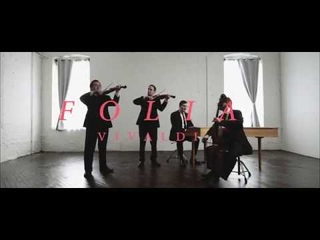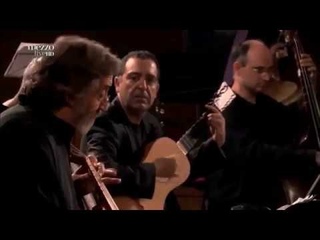Folia, The Developing Artist Piano Literature Book 4, page 12
The Music
’Tis madness. Truly. To the Portuguese, who originated this musical form in the late 15th century, La Folia (Foh-LEE-ah) was music for singing and dancing, and the singing and dancing were often so riotous that the participants appeared “empty-headed.” The Folia was a 16-bar melodic and harmonic pattern, sometimes with a short coda, repeated as often as desired. The result? A set of variations, and not unlike the 12-bar-blues pattern that serves as a framework over which musicians improvise.
The Folia was popular in Spain, and later in Italy. But when it migrated to France and England in the 16th century, it became more refined, and throughout the Baroque Period it was a popular form. The Folia pattern—almost always in D Minor—appears in the works of J.S. Bach, . Bach, Vivaldi, Alessandro Scarlatti, and, most famously, as La Folia, the 12th and last movement in Corelli’s Violin Sonate, Op. 5.
The form continued to fascinate throughout the next centuries. Liszt incorporat























